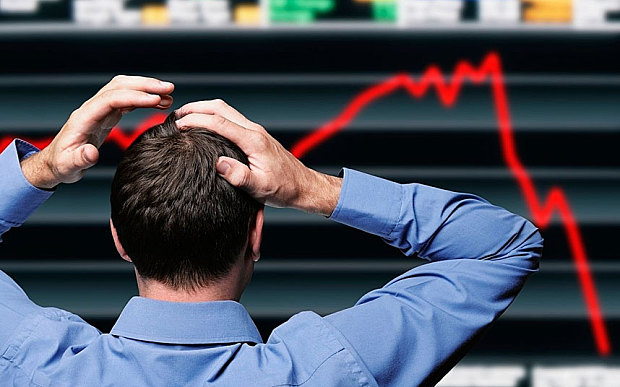Treasuries advance as geopolitical tensions boost haven demand

By Bloomberg
Treasury 10-year notes rose for the first time in six days as concern that political tension in the Middle East will intensify stoked demand for the safest assets before the Federal Open Market Committee meets next week.
U.S. government bonds advanced alongside their European counterparts after President Barack Obama said U.S.-led forces plan to destroy Islamic State extremists in Iraq and Syria. A sale of 10-year notes yesterday attracted the highest demand since December 2011 from an investor group that includes foreign central banks. Traders are betting the Federal Reserve will increase interest rates in 2015, limiting how fast the economy will grow and how quickly costs will rise.
"The market is taking a pause after a decline as Obama's comments pointed to increased geopolitical risk, which boosts demand for assets like Treasuries," said Nick Stamenkovic, a fixed-income strategist at broker RIA Capital Markets Ltd. in Edinburgh. "Further upside may be limited as investors are cautious ahead of the FOMC meeting next week amid speculation policy makers may alter their language and become more hawkish."
The 10-year yield fell three basis points, or 0.03 percentage point, to 2.51 percent at 10:36 a.m. London time after rising 15 basis points in the previous five sessions, according to Bloomberg Bond Trader prices. The 2.375 percent note due August 2024 rose 1/4, or $2.50 per $1,000 face value, to 98 25/32.
The 30-year yield dropped two basis points to 3.25 percent before the government auctions $13 billion of the bonds today. The yield spread between the two securities rose one basis point to 74 basis points.
Islamic Extremists
Obama said in an address from the White House late yesterday the U.S. would lead a broad coalition against Islamic State extremists for a "steady, relentless effort" using American air power in support of local forces on the ground.
Treasury 30-year bonds returned 16 percent this year through yesterday, according to Bank of America Merrill Lynch indexes. Ten-year notes gained 6.5 percent, while two-year securities were little changed, the data show.
Many investors are still betting on 10- and 30-year Treasuries over shorter maturities, said Ali Jalai, a bond trader in Singapore at Scotiabank, a unit of Bank of Nova Scotia, one of 22 primary dealers that trade directly with the Fed.
Demand for longer maturities narrowed the extra yield investors earn on 30-year bonds versus five-year notes to 142 basis points on Aug. 28, the least since January 2009. The spread was 149 basis points today.
Inflation Outlook
Inflation expectations are falling after the Labor Department said last week U.S. job growth cooled in August to the slowest this year.
Economists predict a report today will show initial claims for jobless insurance were little changed last week at 300,000, based on a Bloomberg News survey. They have averaged 324,000 in the past year.
The difference between yields on U.S. 10-year notes and similar-maturity Treasury Inflation Protected Securities, a gauge of expectations for consumer prices over the life of the debt, contracted to 2.1 percentage points yesterday. It was the narrowest this year. The average for the past decade is 2.2 percentage points.
Five-year inflation swap rates, another gauge of expectations for prices, also declined, to 2.10 percent yesterday, the least since April. It was 2.12 percent today.
Rate Increase
Traders betting on an interest-rate increase sent the Treasury market down over the past month for a 0.4 percent loss, based on the Bank of America indexes. There's an 84 percent chance the Fed will raise its benchmark to at least 0.5 percent by October 2015, data based on federal fund futures showed yesterday.
The 30-year bonds scheduled to be sold today yielded 3.255 percent in pre-auction trading, compared with 3.224 percent at a previous sale on Aug. 14.
Investors bid for 2.6 times the amount available last month, up from 2.4 times in July. Direct bidders, those who bought for themselves instead of going through the Fed's primary dealer system of underwriters, purchased 24 percent, the most since October 2011.
